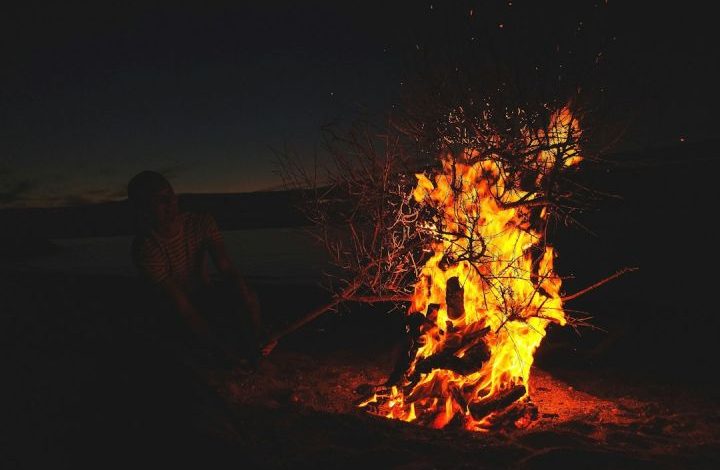How to Build a Fire in Wet Conditions?

Building a fire is a fundamental survival skill that can be the difference between comfort and misery in the outdoors. But what happens when you find yourself in wet conditions? Don’t fret, because with the right techniques and tools, you can still successfully build a fire even in the dampest conditions. In this article, we will guide you through the process of building a fire in wet conditions, ensuring that you stay warm and safe in any situation.
Gathering Dry Materials
The first step in building a fire in wet conditions is to gather dry materials. Look for natural shelters, such as overhanging rocks or fallen trees, where you can find dry wood. You can also search for dead branches and twigs that are off the ground, as they are likely to be drier than those on the forest floor. Additionally, look for dry leaves, grass, or bark that can be used as tinder. These dry materials will serve as the foundation for your fire.
Creating a Fire Bed
Once you have gathered your dry materials, it’s time to create a fire bed. Start by clearing a small area on the ground, removing any wet or damp debris. Next, lay down a layer of dry leaves or grass to create a barrier between the wet ground and your fire. This will help to insulate your fire and keep it from being extinguished by the dampness below.
Building a Tinder Nest
Now that you have a fire bed, it’s time to build a tinder nest. A tinder nest is a collection of fine, dry materials that will catch a spark and ignite quickly. Start by gathering a handful of dry leaves, grass, or bark. Then, using your hands, crumple and twist the materials together to create a loose nest-like shape. This tinder nest will be the foundation of your fire and will help it to catch quickly, even in wet conditions.
Using Fire Starters
In wet conditions, it can be challenging to get a fire started using only natural materials. That’s where fire starters come in handy. Fire starters, such as waterproof matches or a ferro rod, are designed to ignite even in damp conditions. They provide a reliable source of heat to get your tinder nest burning. Place the fire starter on top of your tinder nest and ignite it using a striker or by striking the match against a rough surface. Once the fire starter is ignited, carefully transfer it to the tinder nest and gently blow on it to encourage the flames to grow.
Building a Proper Fire Structure
Once your tinder nest is burning, it’s time to build a proper fire structure. Start by adding small, dry twigs and branches around the burning tinder nest, gradually increasing the size of the fuel as the fire grows. Be sure to leave enough space between the fuel for air to circulate, as oxygen is essential for combustion. Continue adding dry wood until you have a sustainable fire that can withstand the damp conditions.
Staying Safe
When building a fire in wet conditions, it’s crucial to prioritize safety. Ensure that your fire is built in a well-ventilated area, away from any flammable materials. Keep a source of water nearby to extinguish the fire if necessary, and never leave a fire unattended. Additionally, be mindful of any fire regulations or restrictions in the area you are camping or hiking. Always follow Leave No Trace principles and leave your campsite as you found it.
In conclusion, building a fire in wet conditions may be challenging, but it is not impossible. By gathering dry materials, creating a fire bed, building a tinder nest, using fire starters, and building a proper fire structure, you can successfully build a fire even in the dampest conditions. Remember to prioritize safety at all times and be mindful of your environment. With these tips and techniques, you can stay warm and comfortable no matter the weather.
